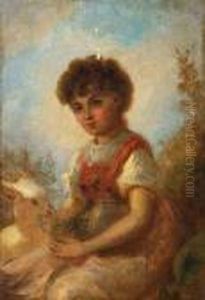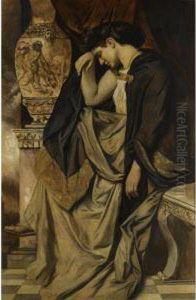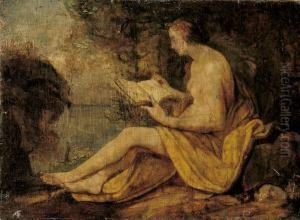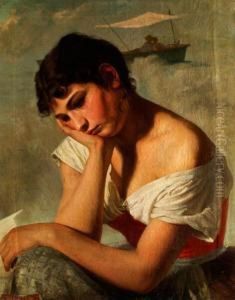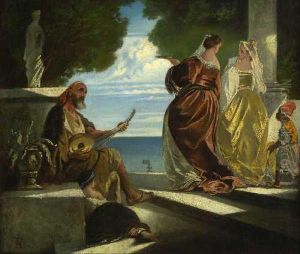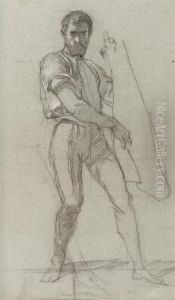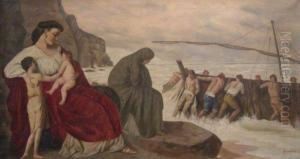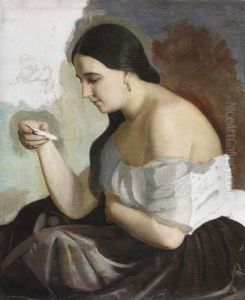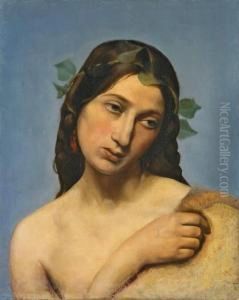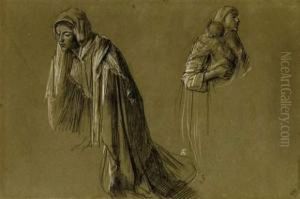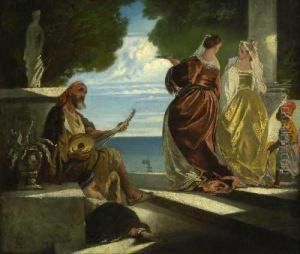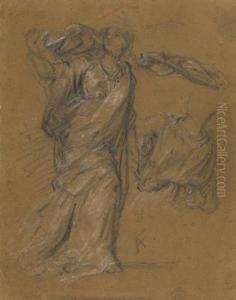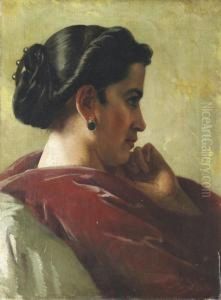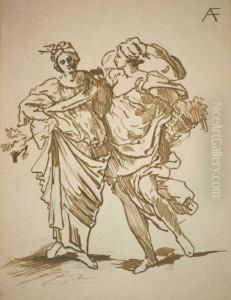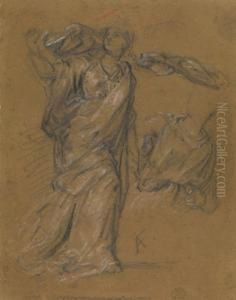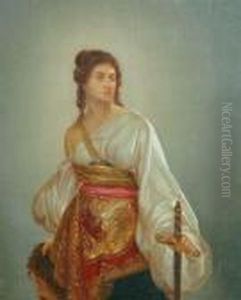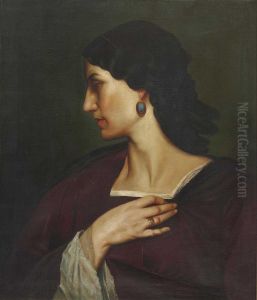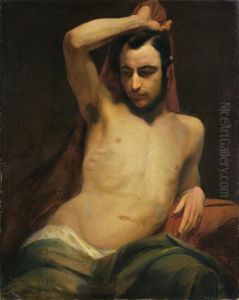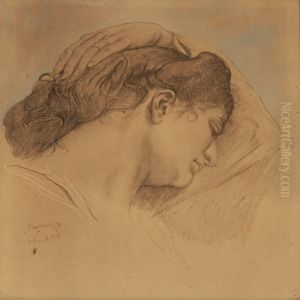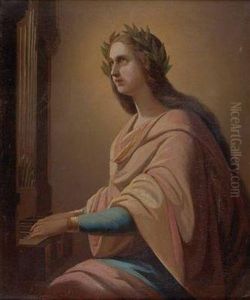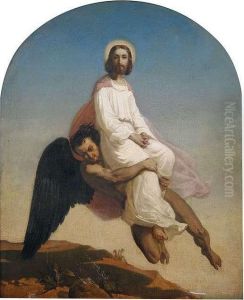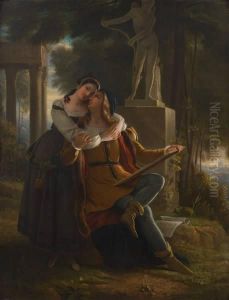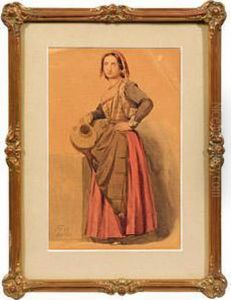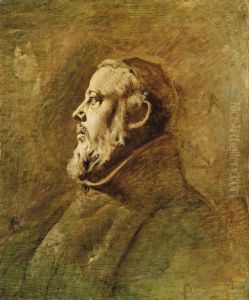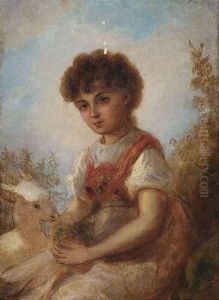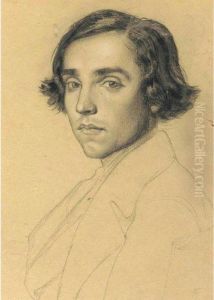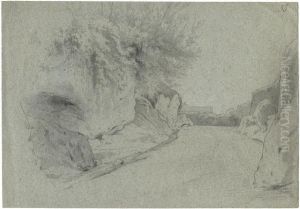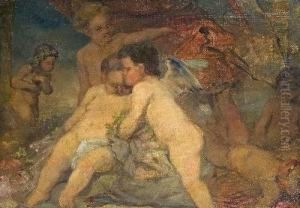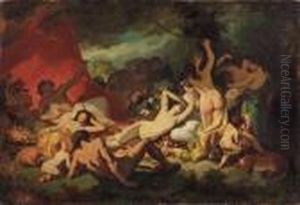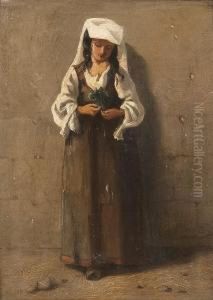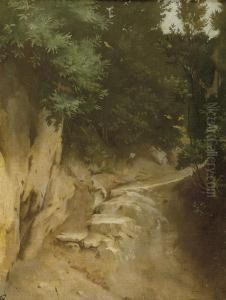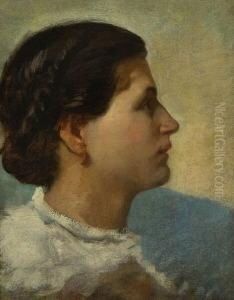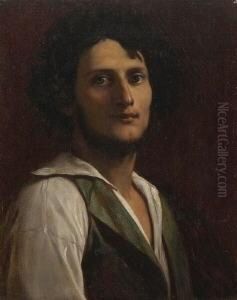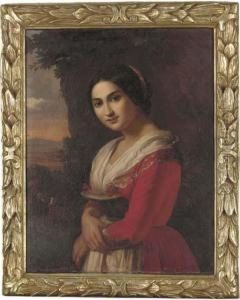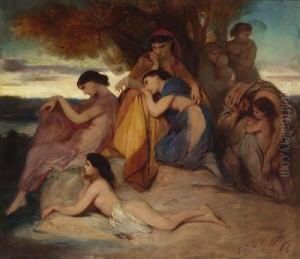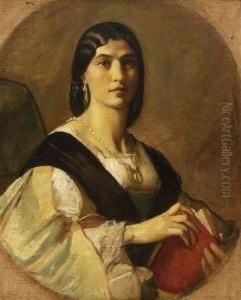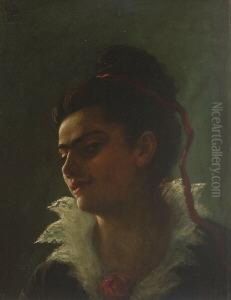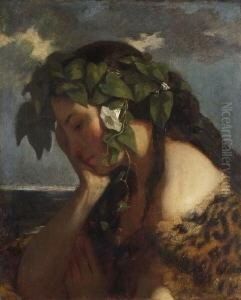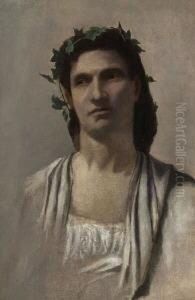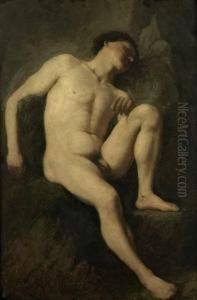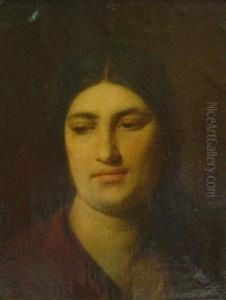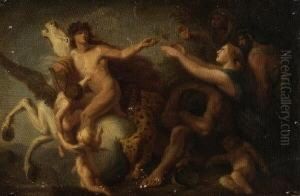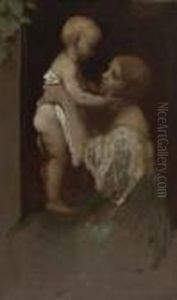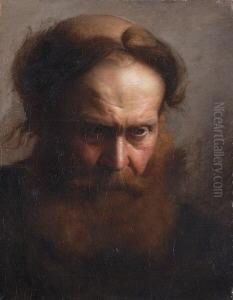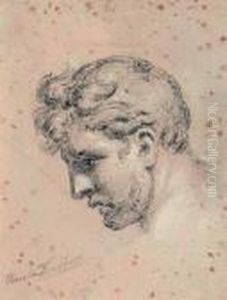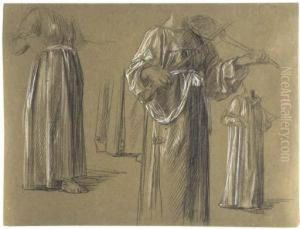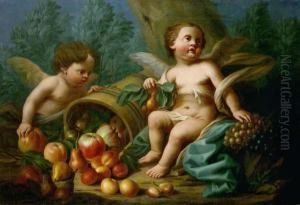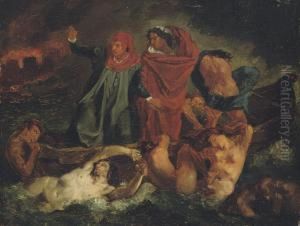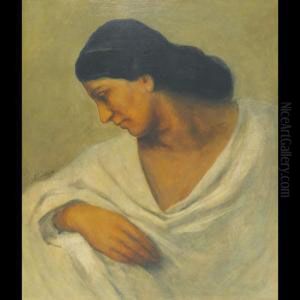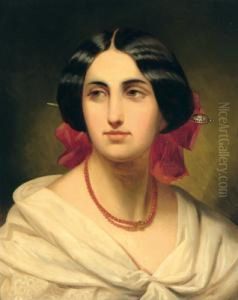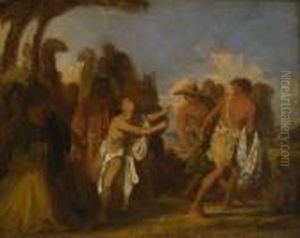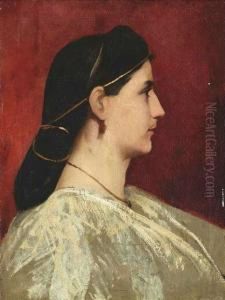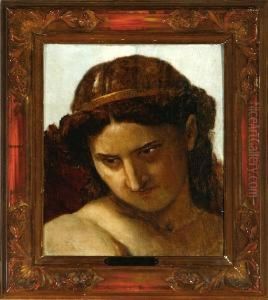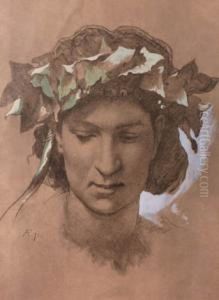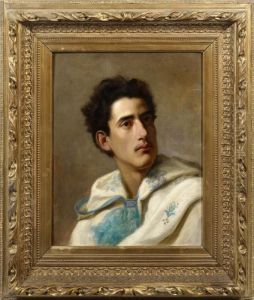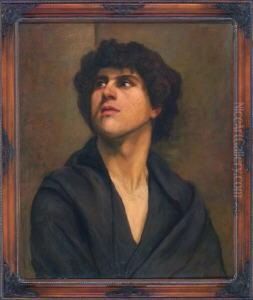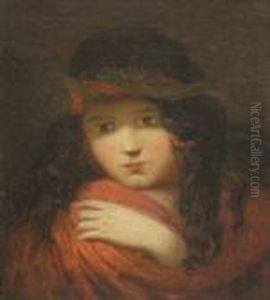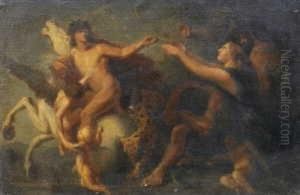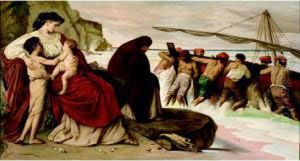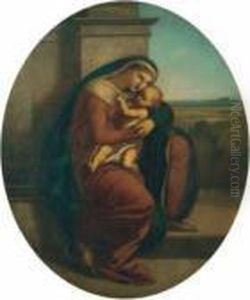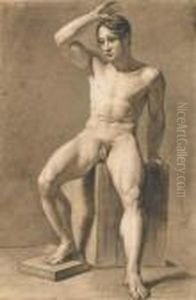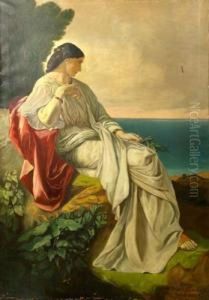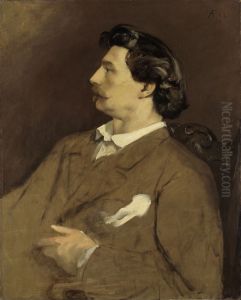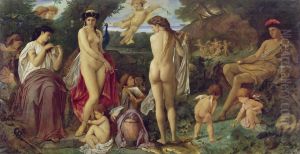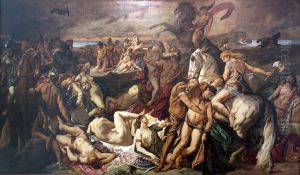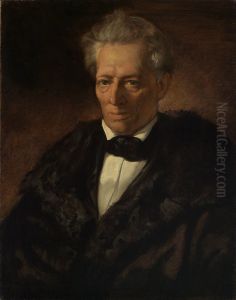Anselm Feuerbach Paintings
Anselm Feuerbach was a German painter, one of the leading classicists of the 19th century in Germany. He was born on September 12, 1829, in Speyer, Bavaria (now Rhineland-Palatinate, Germany). His father was the archaeologist Joseph Anselm Feuerbach and his mother was the niece of the philosopher Ludwig Feuerbach.
Anselm showed an early interest in art and was encouraged by his family to pursue his talents. He began his formal art education at the Düsseldorf Academy of Arts in 1845, under the tutelage of Wilhelm von Schadow, a prominent painter of the Düsseldorf school. Feuerbach's early works were influenced by the Nazarenes, a group of early 19th-century German Romantic painters who aimed to revive honesty and spirituality in Christian art.
In 1850, Feuerbach continued his studies at the Munich Academy of Fine Arts. He was not satisfied with the instruction there and decided to move to Antwerp and then to Paris, where he was greatly influenced by the works of the Old Masters and contemporary French artists. In 1855, he finally settled in Rome, which was a turning point in his career. The Italian Renaissance, particularly the works of Raphael and Michelangelo, had a profound impact on his artistic development.
Feuerbach's work is characterized by a harmonious and balanced composition, clear contours, and rich coloration. His subjects often drew from classical mythology and history. One of his most famous works is 'The Battle of the Amazons', completed in 1873, which shows a dynamic scene of combat with great emotional intensity and technical skill.
Despite his talent, Feuerbach struggled with financial difficulties and recognition during his lifetime. He returned to Germany in 1873 and became a professor at the Vienna Academy of Arts, but he did not find the academic environment conducive to his work. Disappointed by the lack of appreciation for his art, Feuerbach moved back to Italy in 1876, where he continued to work until his death in Venice on January 4, 1880.
Today, Anselm Feuerbach is remembered as one of the major figures of the German classicist movement, and his paintings are exhibited in major museums across Germany and the world. His life and work have been the subject of renewed interest and appreciation in recent art historical scholarship.
